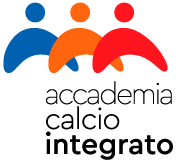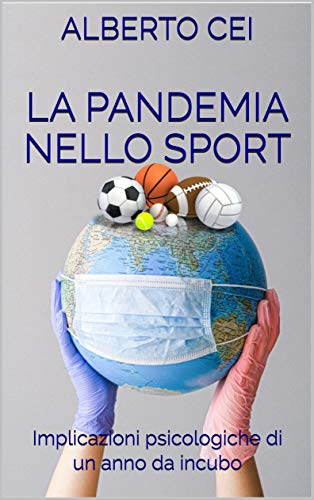Summer camps for young people with intellectual disabilities always require responsibility, organization, and commitment from the organizers. As Integrated Soccer Academy, we concluded these two weeks of activities with satisfaction from the participants, their families, and ourselves. The young people participated in this 10-day, 50-hour experience in an environment that was not exactly favorable, given the high temperatures, playing soccer, but also padel and basketball, along with other seated games.
During this summer camp, the young people improve their ability to self-regulate; they drink and recover even outside the scheduled breaks. This means they are in touch with their physical sensations, and by listening to them, they choose when to stop rather than continue playing. This is one of the principles of our sports work with them: to develop physical and mental endurance. Therefore, playing outdoors, moving continuously during training, running, and improving motor coordination, kicking the ball, but also stopping and resting.
At the same time, the summer camp is an opportunity to further develop social relationships with peers and teachers. Experiencing a wide range of sports activities (motor tracks, basketball, and soccer) that involve the mind and body helping to build a sense of belonging to the group. The ample time available allows them to live through and resolve, with the help of sport instructors and psychologists, those small moments of tension that arise in any group during such intense and long-lasting activities.
Like the weekly training during the year, the summer camp also promotes the emotional stability and thinking of these young people, who interact continuously with adults and their friends during these hours. It is a continuous flow of physical sensations, moods, and thoughts that helps them stay focused on the games they play and keep the interaction with others alive.
In conclusion, summer camps are very demanding for them and for us too, but they represent an explosion of interactions otherwise impossible with this frequency and intensity.





